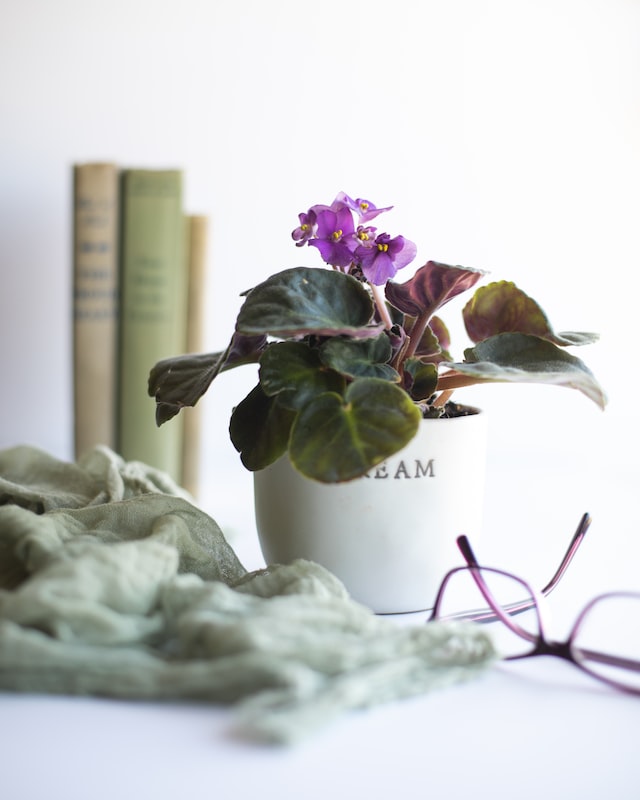African violets are a beloved house plant that can bloom year-round. They’re easy to care for and add vibrant color to your home; however, they require regular care in order to remain healthy and produce flowers.
How To Get An African Violet To Bloom
The initial step in getting your african violet flowering is providing it with enough light. Filtered light works best, though grow lights may be needed if needed. Furthermore, adding some humidity with either an air humidifier or pebble tray under the pot works wonders for these blooming beauties!
Tropical plants require temperatures ranging from 65degF to 75degF. Sudden or extreme changes should be avoided as this can stress your plant.
Soil Quality – African violets require a porous soil that drains quickly but retains moisture. Use either an all-purpose potting mix specifically made for African violets, or opt for an all-purpose mix if your garden requires it. Avoid packing soil too tightly as this could cause crown or root rot.

Light – They require at least 8 hours of daylight for blooming, with an additional few hours in winter when days are shorter. While they can tolerate some shade, direct sunlight will scorch their leaves and turn them yellow.
Repotting Violets – If they’re not repotted regularly enough, they may stop blooming. Unless the violets are very young, it’s wise to repot your violets at least once a year in order to separate any new crown growth that has formed.
Water – Make sure to water your plants evenly, and only when the top layer of soil has become dry. Also, use lukewarm water as cold can damage their leaves and stems.
Fertilizer – To achieve blooming success, many experts suggest using a fertilizer with equal NPK values and high levels of phosphorus. Be sure to follow the package instructions for use.
Temperature – The ideal temperature for an african violet to bloom is 65degF to 75degF, though they can survive in temperatures from low 60’s to high 70degF. While they tolerate some chillier nights, you should not leave them on your windowsill during winter as this could stress them out and reduce their capacity for flowering.

Pruning – These plants require regular pruning to prevent leggy and bushy growth and focus their energy on producing flowers. This includes taking out old blossoms that will go to seed and trimming back the top growth to make your plant more bushy and compact.
Leaf Support – These plants may benefit from a small support ring that rests against the bottom of their container. This encourages them to grow symmetrically and may increase their exposure to light, leading to more blooms per plant.
Miscellaneous – Some plants may struggle to meet their water requirements, so you might want to consider soil drenching if you’re watering too often or too much. Doing this will wash salts and fertilizers away from the soil, restoring it back to a healthy balance for your plant.
